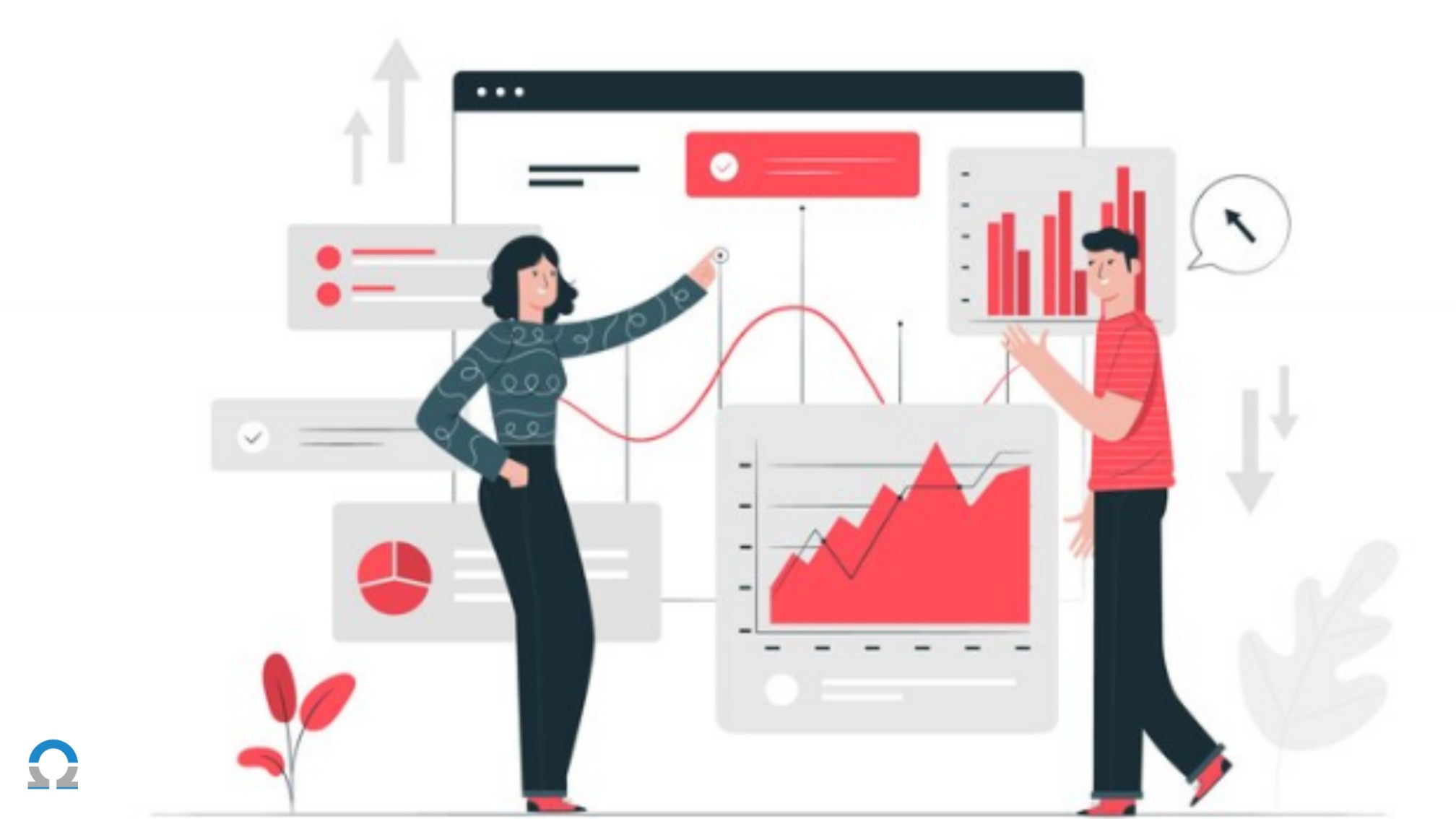Blog categories
Best Practices for Effective Data Analysis and Visualization
Introduction:
In today's data-driven landscape, the ability to derive meaningful insights from raw information is a crucial skill. This guide will delve into the best practices for conducting data analysis and creating visualizations that not only convey information accurately but also facilitate informed decision-making.
Table of Contents:
1. Understanding Effective Data Analysis
2. Data Preparation and Cleaning
3. Choosing the Right Visualization Tools
4. Designing Clear and Informative Visuals
5. Interpreting Data and Extracting Insights
6. Storytelling through Data Visualization
7. Ensuring Data Privacy and Security
8. Iterative Analysis and Continuous Improvement
9. Conclusion

Step 1: Understanding Effective Data Analysis
1.1 Definition and Importance
1.2 The Role of Visualization in Analysis
Step 2: Data Preparation and Cleaning
2.1 Data Collection and Sourcing
2.2 Data Cleaning and Quality Assurance
2.3 Dealing with Missing Values and Outliers
Step 3: Choosing the Right Visualization Tools
3.1 Evaluating Tools for Data Analysis
3.2 Selecting the Appropriate Visualization Software
3.3 Integrating Tools for Seamless Workflows
Step 4: Designing Clear and Informative Visuals
4.1 Choosing the Right Chart Types
4.2 Utilizing Color and Contrast Effectively
4.3 Incorporating Labels and Annotations
Step 5: Interpreting Data and Extracting Insights
5.1 Identifying Patterns and Trends
5.2 Conducting Comparative Analysis
5.3 Drawing Inferences and Making Recommendations
Step 6: Storytelling through Data Visualization
6.1 Creating Narrative Flow in Visualizations
6.2 Incorporating Context and Background Information
6.3 Engaging Stakeholders with Compelling Narratives
Step 7: Ensuring Data Privacy and Security
7.1 Handling Sensitive Information
7.2 Compliance with Data Protection Regulations
7.3 Implementing Access Controls and Encryption
Step 8: Iterative Analysis and Continuous Improvement
8.1 Embracing an Agile Approach to Analysis
8.2 Gathering Feedback and Iterating Visualizations
8.3 Keeping Abreast of Emerging Tools and Techniques
Conclusion:
Effective data analysis and visualization are pivotal in
transforming raw data into actionable insights. By adhering
to the best practices outlined in this guide, you are
equipped to not only extract meaningful information but also
present it in a manner that resonates with your audience.
Remember, mastery in this field comes with practice and a
willingness to learn from each iteration. As you embark on
your journey, keep exploring new tools, techniques, and
trends. With dedication, you'll not only become
proficient but also contribute significantly to data-driven
decision-making in your domain.
For more details contact us at
sales@infoscience.co
or whatsapp at
+1 313 462 0002
- Tags :
- Data Analysis
- Data Visualization
- Data Cleaning
- Visualization Tools
- Data Interpretation
- Data Privacy
- Data Security
- Best Practices
- Storytelling
- Continuous Improvement